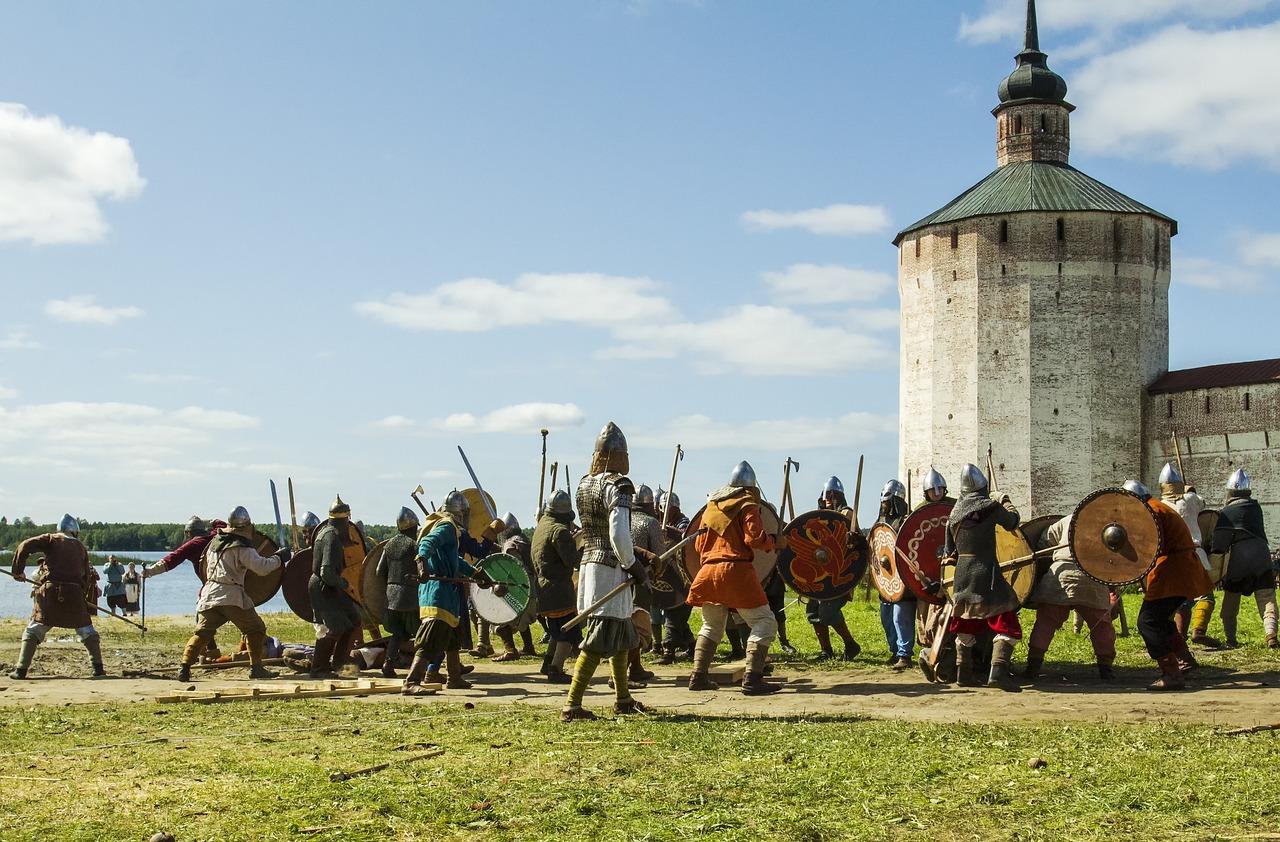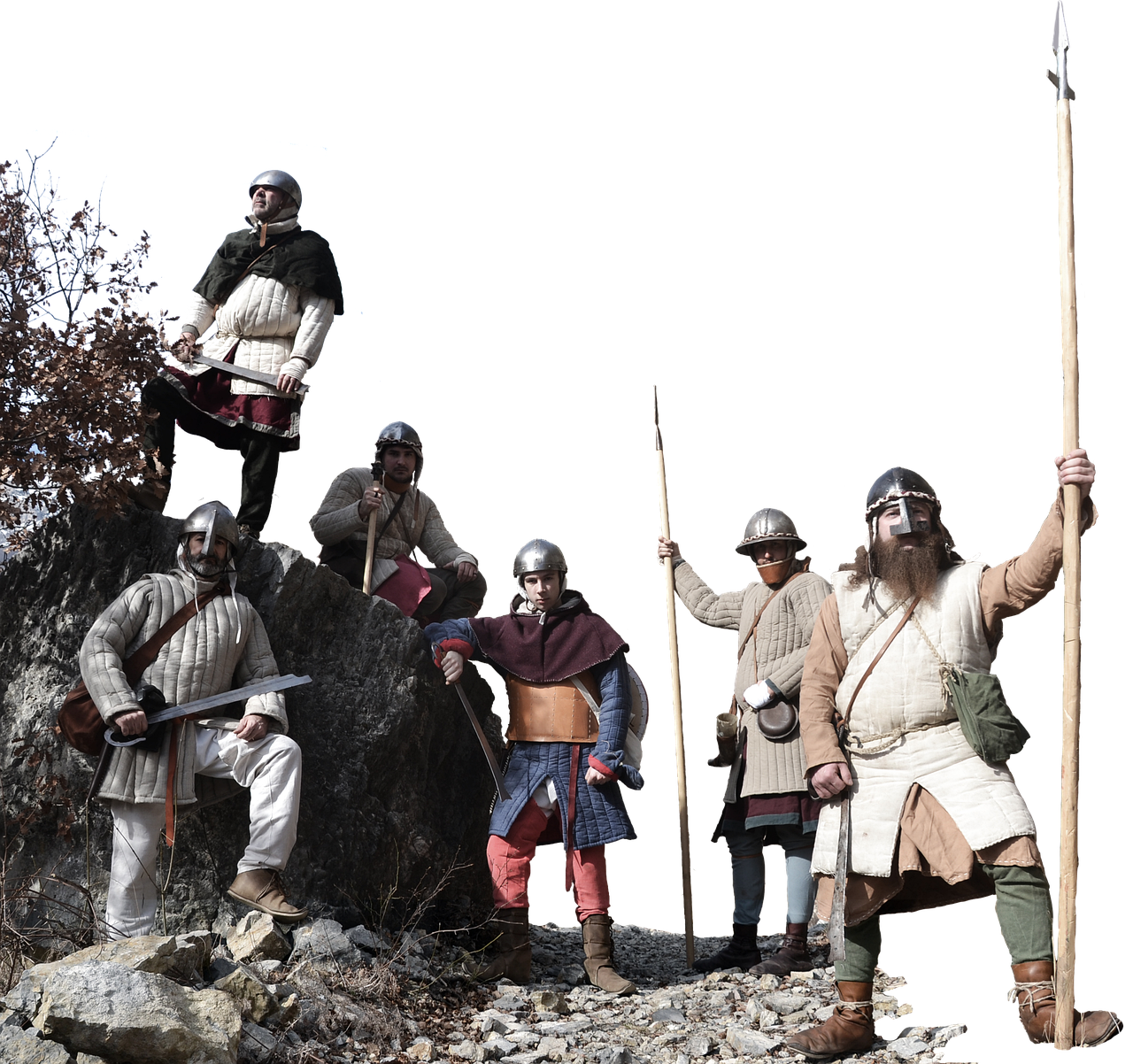Welcome to my blog post on one of the most intriguing periods in history: the Middle Ages. Also known as the Medieval period, this era spanned from the 5th to the 15th century, offering us a glimpse into a time of significant social, political, and cultural transformations. In this post, we’ll embark on a journey back in time to explore the major aspects of the Middle Ages and answer burning questions such as how the dark ages began, what life was like during this period, and whether it truly deserves its ominous reputation.
From the decline of the Roman Empire to the dawning of the Renaissance, the Middle Ages was a captivating chapter characterized by both darkness and light. It was an era marked by feudalism, knights, castles, and epic battles, but it also witnessed remarkable advancements in science, art, and literature. So, grab your virtual armor, and let’s dive into the captivating world of the Middle Ages!
Prepare to uncover hidden secrets and long-forgotten tales as we unveil the power dynamics, the role of religion, and the events that shaped this pivotal era. Buckle up as we journey through this enthralling period of history, shedding light on the questions you’ve always had about the Middle Ages. Let’s embark on this adventure together and discover the wonders and complexities of this bygone epoch.

What is the Middle Ages
The Middle Ages, also known as the medieval period, was a time in European history that spanned from the 5th to the 15th century. Now, I know what you’re thinking: “What’s so great about a time when people were wearing pointy hats and riding around on horses?” Well, my friend, let me tell you that the Middle Ages were anything but dull.
The Dark Ages (Not Really That Dark)
Contrary to popular belief, the Middle Ages weren’t all doom and gloom. Sure, there were no smartphones or Wi-Fi back then, but the period saw some major developments that laid the foundation for the world we know today. It was a time of great transition, with the decline of the Roman Empire and the rise of feudalism.
Feudalism: A Fancy Word for Hierarchical Fun
Feudalism was the dominant social system of the Middle Ages, and it was all about hierarchy and land ownership. Picture this: kings at the top, lords in the middle, peasants at the bottom. Everyone had their role to play, and if you were lucky enough to be a lord, you got to boss around the peasants and collect taxes. It’s like a giant, medieval game of Monopoly, but with less arguing over who gets to be the thimble.
Knights and Chivalry: The OG Superheroes
One of the most iconic aspects of the Middle Ages was the knights. These armored warriors were the rock stars of their time, riding into battle on horseback and slaying dragons (or, you know, other knights). They were trained in the art of combat and followed a code of conduct known as chivalry, which emphasized honor, bravery, and all that good stuff. Think of them as the original superheroes, but with cooler outfits and no fancy gadgets.
Castles: More Than Just a Pretty Fortress
Ah, the castles. These magnificent structures were more than just fancy fortresses; they were the hub of medieval life. Castles were the homes of the lords and ladies, the center of political power, and a symbol of wealth and status. They were also pretty handy when it came to defense, with their high walls, moats, and drawbridges. Plus, they made for some great Instagram-worthy backdrops. #CastleLife
The Church: From Prayers to Power
Religion played a massive role in the Middle Ages, with Christianity being the dominant faith. The Catholic Church held tremendous power and influence, with the pope at the top of the religious pyramid. It wasn’t just about praying and going to Sunday Mass; the Church was involved in politics, education, and even the economy. Talk about a religious takeover!
Conclusion: A Fascinating Time of Growth and Change
As you can see, the Middle Ages were anything but ordinary. From feudalism to knights and castles, this period was filled with adventure, innovation, and the occasional dragon slaying. So, the next time you come across a pointy hat or a suit of armor, remember that they’re more than just fashion statements—they’re reminders of a time when the world was shaping itself into what it is today.

FAQs About the Middle Ages
How did the Dark Ages begin
The Dark Ages sprung out of the decline of the Western Roman Empire in the fifth century. This period was marked by political instability, economic disruption, and the loss of classical knowledge. It was a challenging time for Europe, but a fascinating one to learn about!
What was life like during the Middle Ages
Ah, life in the Middle Ages! Picture this: knights in shining armor, towering castles, and extravagant feasts. But it wasn’t all glamour and chivalry. The majority of people were peasants who worked the land, and life was tough. Disease, warfare, and limited technology made for quite the adventure!
How bad were the Middle Ages
Well, let’s just say it wasn’t all sunshine and rainbows. The Middle Ages had its fair share of challenges. From barbarian invasions to the Black Death, there were plenty of things to keep people on their toes. But hey, adversity breeds resilience and innovation, right?
Who had the power in the Middle Ages
Forget about your modern power players; in the Middle Ages, it was all about kings, lords, and ladies. Feudalism was the dominant political system, with the king as the top dog, followed by the nobility. But don’t underestimate the role of the Church and its mighty influence!
Does the Dark Ages deserve its name
The term “Dark Ages” has been criticized by some historians for being a bit unfair. Sure, it was a time of instability and lost knowledge, but it also laid the foundation for the Renaissance and other pivotal periods in history. So, let’s just say it had its dark moments and its shining moments.
How did the Dark Age end
The Dark Ages gradually came to a close with the dawn of the Renaissance in the 14th century. This cultural and intellectual movement marked a shift towards a more optimistic and enlightened era. Humanism, art, and science began to flourish, leading to significant changes in society.
Did Christianity start the Dark Ages
While it’s true that Christianity played a significant role in the Middle Ages, it’s a bit of a stretch to say it single-handedly caused the Dark Ages. The decline of the Roman Empire and external threats certainly contributed to the challenging times. Plus, medieval Christianity wasn’t all doom and gloom – it also inspired great works of art, architecture, and philosophy.
What is meant by the Middle Ages
The Middle Ages, also known as the medieval period, refers to the time between the fall of the Western Roman Empire in the 5th century and the beginning of the Renaissance in the 14th century. It was a time of political and social change, marked by feudalism, the rise of Christianity, and the development of distinct European cultures.
Why was religion so important in the Middle Ages
Religion wasn’t just a casual Sunday activity during the Middle Ages – it was the beating heart of society. The Catholic Church held immense power, both spiritually and politically. People’s lives revolved around religious rituals and beliefs, and the Church played a crucial role in education, healthcare, and even politics.
What is below the Pope
Ah, the Pope, the big cheese of the Catholic Church! So what’s below him? Well, in terms of Church hierarchy, you have cardinals, archbishops, and bishops. Think of it as a spiritual version of a corporate ladder, but with fewer PowerPoint presentations and more divine interventions.
Who is more powerful: Pope or queen
Ah, the age-old battle between spiritual and royal might! While both the Pope and the queen held significant influence during the Middle Ages, it’s a bit like comparing apples and oranges. The Pope had spiritual authority over the Catholic Church, while the queen ruled over a specific kingdom. It really depends on the context and whom you ask!
What is a short summary of the Middle Ages
Alright, time for a lightning round recap! The Middle Ages were a transformative period characterized by feudalism, the rise of Christianity, and epic struggles. It was a time of knights, castles, and limited Wi-Fi access. Life was tough, but it gave birth to remarkable cultural, artistic, and intellectual movements that shaped the course of history. So, buckle up and let’s explore this fantastic journey through the past!
Enjoyed these FAQs? Dive deeper into the captivating world of the Middle Ages in our comprehensive blog post. Stay tuned for more historical adventures!
